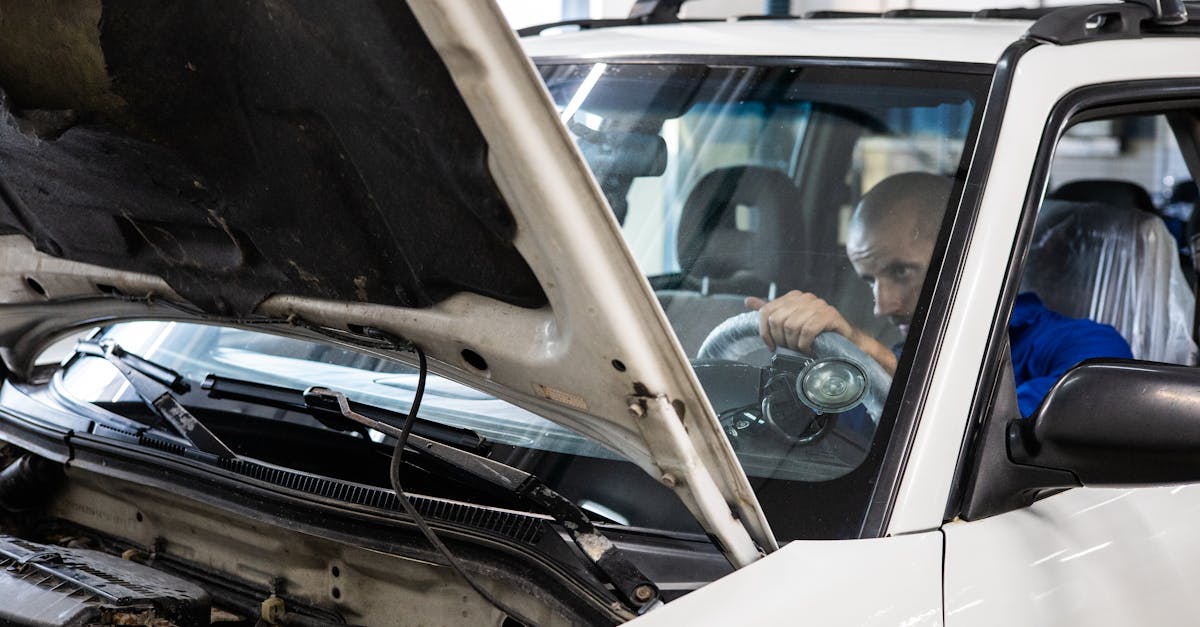How to Inspect a Car Before Buying
Introduction
Buying a car is a significant investment, and ensuring you choose the right vehicle is crucial. A thorough inspection can save you from future headaches and unexpected expenses. This article will guide you through the key steps to inspect a car before buying.
Advertisement
Exterior Examination
Begin by visually inspecting the car's exterior for dents, scratches, and rust. Check for any uneven gaps between panels, which may indicate previous repairs. Ensure the paint color and texture match throughout the vehicle, signaling a consistent finish.
Advertisement
Tire and Wheel Check
Inspect the tires for tread wear and uneven patterns, which might suggest alignment issues. Look for cracks or bulges on the sidewalls, indicating potential safety hazards. Don’t forget to check the spare tire and the condition of the wheels for any bends or cracks.
Advertisement
Under the Hood
Under the hood, examine the engine and ensure there are no fluid leaks, such as oil or coolant. Check the belts and hoses for signs of wear or cracks. Ensure the battery terminals are clean and corrosion-free to prevent electrical problems.
Advertisement
Interior Inspection
Inspect the interior for any signs of wear and tear, such as torn seats or damaged upholstery. Test all interior features like the radio, air conditioning, and seat adjustments. Ensure the odometer works, and verify that mileage matches the service records.
Advertisement
Test the Lights and Signals
Turn on all exterior lights, including headlights, brake lights, and indicators, to check functionality. Ensure that the dashboard lights up properly and that there are no warning signals requiring immediate attention. Working lights and signals are crucial for safe driving.
Advertisement
Inspect the Undercarriage
If possible, check the undercarriage for rust or damage. Look for any hanging or damaged parts that might affect the car’s performance. A clean undercarriage indicates that the car is well-maintained and hasn't suffered significant damage.
Advertisement
Schedule a Professional Inspection
Consult a trusted mechanic for a professional inspection to identify hidden issues that might not be visible during a personal checklist. A thorough mechanical assessment will provide peace of mind and may uncover aspects you might have overlooked.
Advertisement
Take a Test Drive
A test drive is essential to assess the car's performance and feel. Test the brakes, listen for unusual noises, and monitor steering responsiveness. The drive can also reveal suspension problems or transmission issues, crucial for making an informed decision.
Advertisement
Conclusion
In conclusion, a comprehensive car inspection involves more than just a visual glance. It's about diving into the details to ensure safety and functionality. By following these steps, you'll be better equipped to spot potential issues and make a confident purchase.
Advertisement
